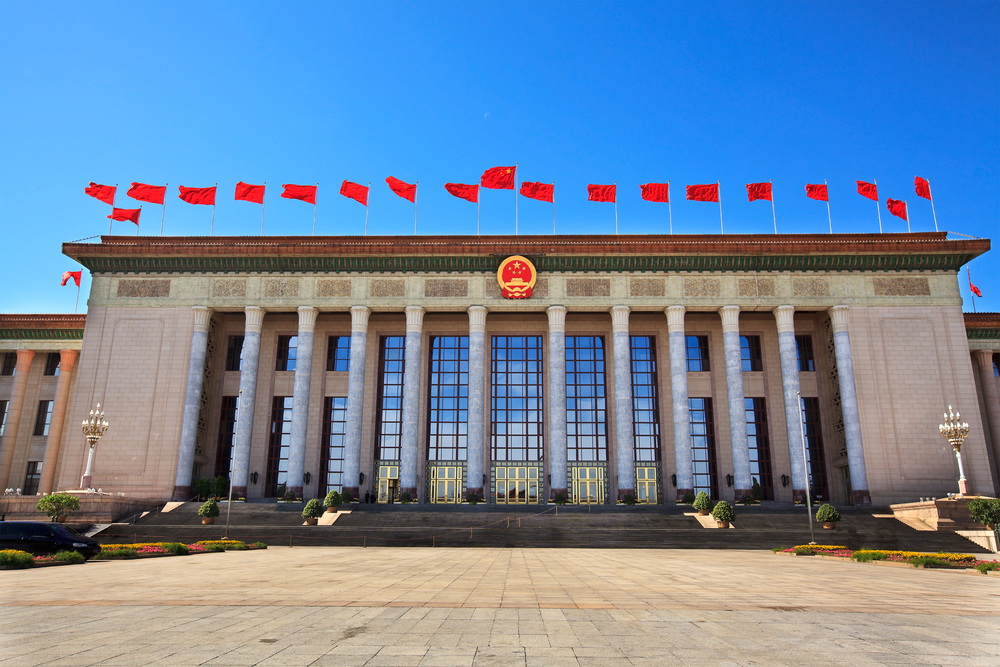Are Chinese Monopolies Merging to be Competitive?

Please note that we are not authorised to provide any investment advice. The content on this page is for information purposes only.
China’s state monopolies survive alongside a cutthroat private sector.
China’s state monopolies survive alongside a cutthroat private sector.
The recent announcement of China Minmetals merger with MCG and this year’s mergers of China North Rail with China South Rail have fuelled ongoing speculation about the further consolidation of China’s state sector. These mega-mergers feed the perception that China is pursuing ‘state capitalism’ dominated by massive state monopolies. However, other economists, emphasising the triumph of private markets, argue that the dominance of state-owned enterprises (SOEs) is a misconception. A close look at China’s industrial data shows that while manufacturing is private-sector led and highly competitive, resources and utilities are in state hands and much more likely to be concentrated.
A straight calculation of industry concentration — the conventional indicator for a potential monopoly — based on the latest available (2009) official survey of 420,000 enterprises in 521 industrial subsectors (not including finance or telecommunications), suggests that less than 3 percent of industrial revenue accrues to potentially monopolised sectors. The largest concentrated sectors manufacture air conditioners, refrigerators and specialised equipment for electricity distribution. The most monopolised is a tiny industry that manufactures buoys. At first glance, this refutes the claim that monopoly SOEs dominates China’s economy.
However, we should not accept the standard measure at face value. The official survey collects data for individual plants and factories, not entire corporate groups, which can be very large indeed. In 2009, 56 SOEs in the industrial sector controlled by the top-level State Owned Assets Supervision and Administration Commission (SASAC) had 10,442 first and second-tier subsidiaries. China’s three largest companies — in oil and electricity — are sprawling empires, not single firms, with subsidiaries in unrelated competitive sectors.
To find monopolies in the Chinese data, it is first necessary to put these pieces together. This is a daunting task. Below the central SASAC, all Chinese provinces have their own state assets commissions that supervise at least another 25,000 local SOEs and subsidiaries. Instead of identifying a corporate group for each factory, a new approach assigns SOE revenue to either central SASAC (for central SOEs) or the relevant provincial SASAC (for local SOEs). For example, all SOE coalmines in Hebei province are treated as a single Hebei Coal SOE. In addition, all central SOEs in oil extraction are assigned to a single Central Oil SOE. This effectively treats each SASAC as the parent company of mega-corporate groups.
Putting subsidiaries together in this way reveals a few, large, potentially concentrated sectors — notably oil, electricity and tobacco. These are all dominated by SOEs. Using this measure, almost a third of Chinese industrial revenue goes to concentrated sectors.
However, there are still large state-owned sectors, namely steel and coal, in which industry concentration is very low. These are dominated by provincial SOEs. Other big manufacturing sectors, in textiles and electronics, have scarcely any state ownership. China’s least concentrated industry is apparel.
Four useful generalisations can be drawn from these statistics. Most Chinese industrial assets are in unconcentrated sectors and the competitive sectors of the Chinese economy are predominantly non-state owned. Provincial and local SOEs tend to hold assets in unconcentrated sectors, while the concentrated sectors of the Chinese economy are predominantly owned by central SOEs.
So do central SOEs convert their market concentration into massive monopoly profits?
Overall, average profit margins for the state and non-state sectors have been much the same since 2008. However, a direct comparison between the state and private sectors is misleading, because non-state enterprise assets are almost entirely in manufacturing sectors. Central SOEs are different — 14 percent of central SOE assets are in resources (mainly oil) and more than 40 percent are in utilities (mainly electricity). High profit margins from the former compensate for wafer thin margins in the latter. In addition, at both ends of the spectrum, prices are still determined by state policy, not driven by market competition. Deregulating prices remains a work in progress.
Where does this leave the debate between state capitalism and the role of the market?
Private companies engaged in cutthroat competition make most ‘made in China’ consumer goods. Dominant state monopolies only survive in a few key sectors, predominantly resources and utilities. However, here it is hard to disentangle ‘state capitalism’ from a policy choice to use ownership as a regulatory tool. This choice is common in developing, and even some developed, countries.
A private oil company is only a good policy alternative to a state oil company if there is a very strong framework for taxing resource rents. Given the public goods nature of network utilities, it makes no sense to turn a public monopoly into a private one, unless the state is willing and able to enforce regulatory discipline. Some other sectors, for example weapons manufacturing or nuclear power, remain in state hands primarily for national security reasons. These policy choices are not unique to China, nor are they specifically ‘state capitalist’.
It is precisely the political implications that make economic monopolies a vital issue for China. Monopoly conglomerates couple the opportunity to extract economic rents with the capacity to control a nationwide bureaucracy. The Communist Party of China has a monopoly over both.
Chinese industry: a tale of two sectors is republished with permission from East Asia Forum




